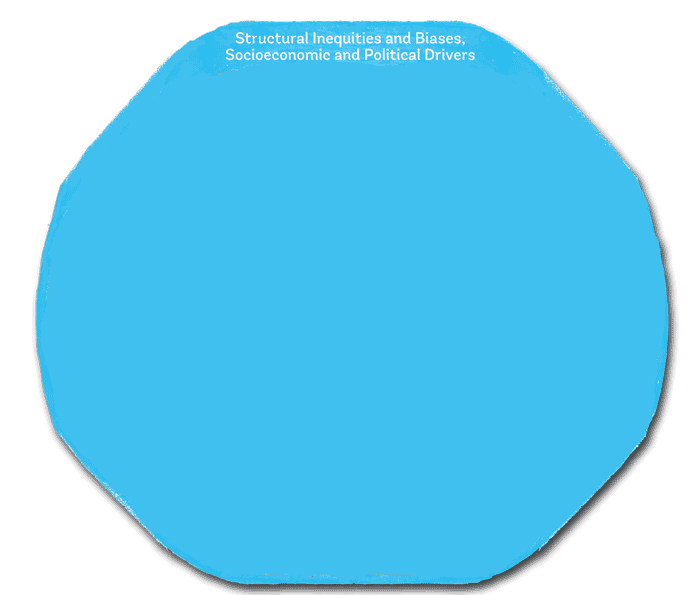Community-driven solutions can take into account the range of factors that contribute to health inequity in the United States, such as income and wealth or employment: the social determinants of health. Chapter 5 in the Communities in Action report describes examples of communities doing just that. The determinants are the conditions in which one lives, learns, works, and plays, and they’re shaped by policies, governance, investments, culture, and norms, both historical and ongoing.

Health depends on much more than individual choice, which is why so many communities are engaging in the hard work of addressing the systemic root causes of health inequities. System-level changes are needed to reduce poverty, eliminate structural racism, improve income equality, increase educational opportunity, and fix the laws and policies that perpetuate structural inequities. Working to tackle unemployment, concentrated poverty, and school dropout rates can seem overwhelming to communities, but when actors in the community—residents, businesses, state and local government, and other local institutions—work together across multiple sectors, communities have the power to change the narrative and promote health equity through enduring community-driven interventions.
To learn more about the root causes of health inequity, please check out chapter 3 of the Communities in Action report.